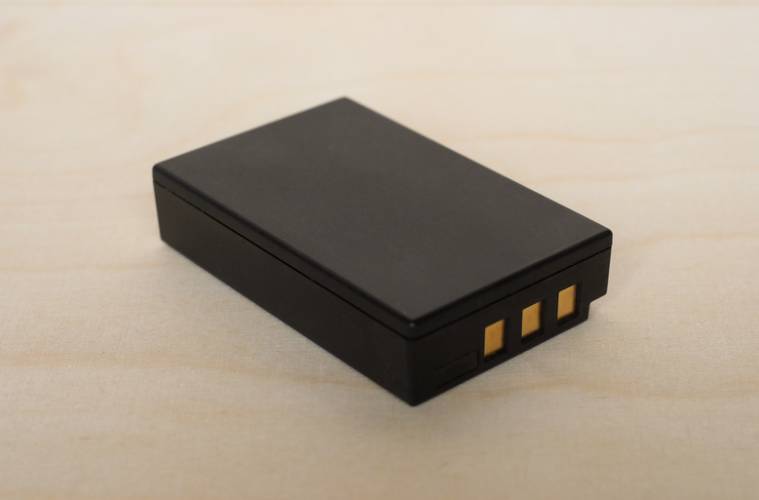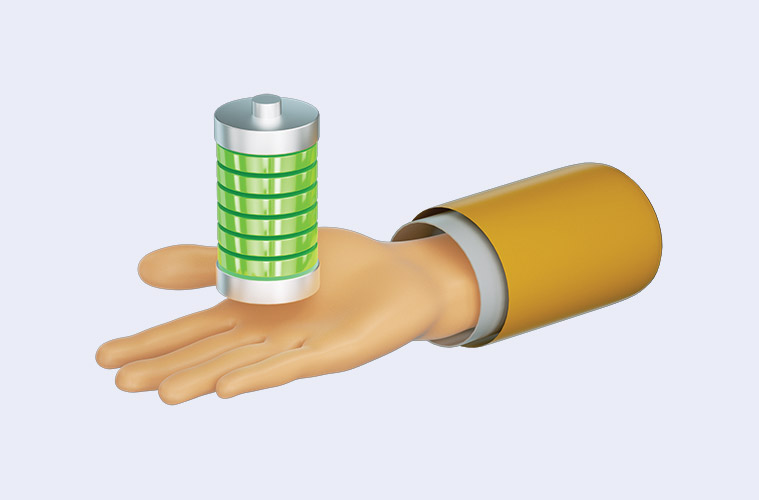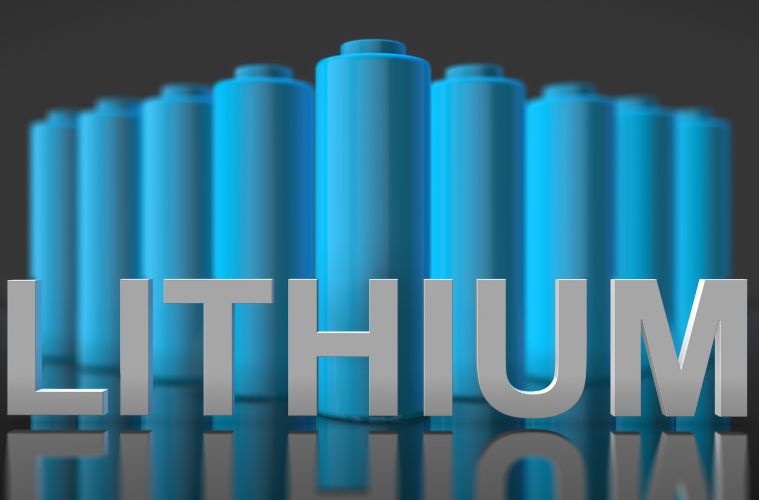
Intrinsically safe batteries are a special type of battery that is designed to prevent ignition of flammable or explosive materials in hazardous environments. This makes them ideal for use with two-way radios in industries such as oil and gas, mining, and chemical processing, where flammable or explosive materials are present.
Intrinsically safe batteries are designed to limit the amount of electrical energy that is released in the event of a short circuit or other malfunction. This helps to prevent ignition of flammable materials that may be present in the surrounding environment.
In order to meet the requirements for intrinsic safety, these batteries must undergo rigorous testing and certification processes. This includes tests for electrical safety, thermal stability, and ignition resistance.
Some common features of intrinsically safe batteries include:
- Limited energy release: Intrinsically safe batteries are designed to release a limited amount of electrical energy in the event of a short circuit or other malfunction, reducing the risk of ignition.
- Rugged construction: Intrinsically safe batteries are often designed with rugged construction to withstand harsh environments and reduce the risk of damage.
- Low voltage and current: Intrinsically safe batteries typically have lower voltage and current levels than other types of batteries, further reducing the risk of ignition.
- Certified for use in hazardous environments: Intrinsically safe batteries are certified for use in hazardous environments, providing peace of mind for users working in these conditions.
In conclusion, intrinsically safe batteries are an important safety feature for two-way radios used in hazardous environments. These batteries are designed to prevent ignition of flammable or explosive materials and must undergo rigorous testing and certification processes to ensure their safety. By using intrinsically safe batteries, users can ensure that their two-way radios are safe to use in hazardous environments.




